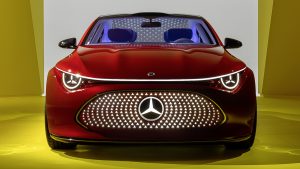Whether regular or flying buttress, this design feature used to be common among sports cars. Here, we are going to discuss the term and show lots of beautiful examples
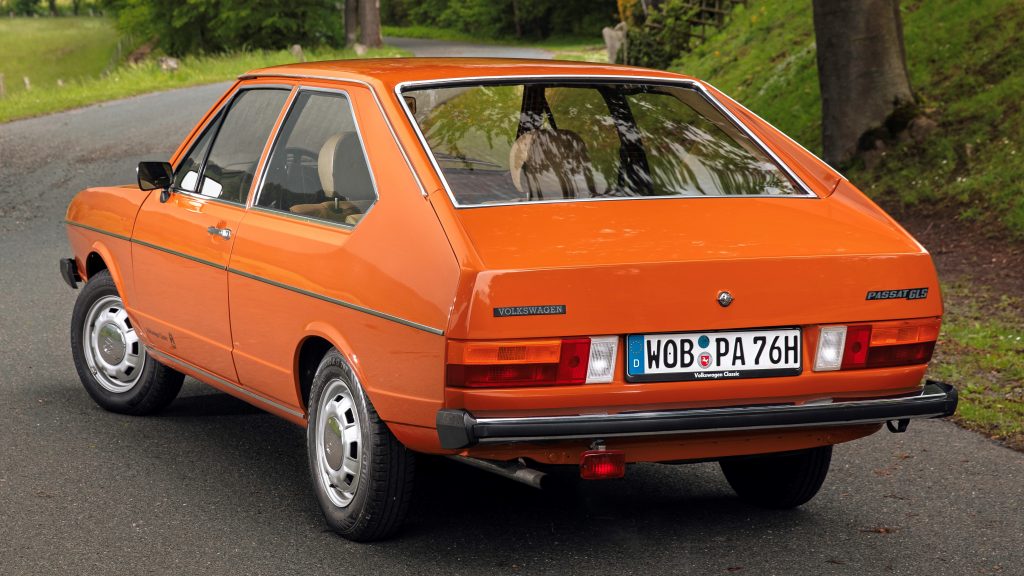
- Buttress and flying buttress are design resources originally used to fortify buildings
- Over time, car designers adopted them as a tool to create new effects on the rear
- Nowadays, they are restricted to sports cars so as to make them more aerodynamic
Seasoned enthusiasts might say that the Jaguar XJ-S shown on the homepage is a better example of car buttresses. However, I chose the original Volkswagen Passat here for a simple reason: it was the very first example I saw. I remember that this car would always intrigue me; “was VW trying to make a sedan look like a coupé from the outside?” Now, many years later, I have finally found the explanation for that.
In short, architects originally devised buttresses as a structural reinforcement for walls. While cars do not need that type of extra support, they turned out to be useful for aerodynamics. And, as the years passed and they became more popular, they became a styling feature of their own. In this article, we are going to show this topic in detail along with many examples. None of the Passat, though; it only used them once.

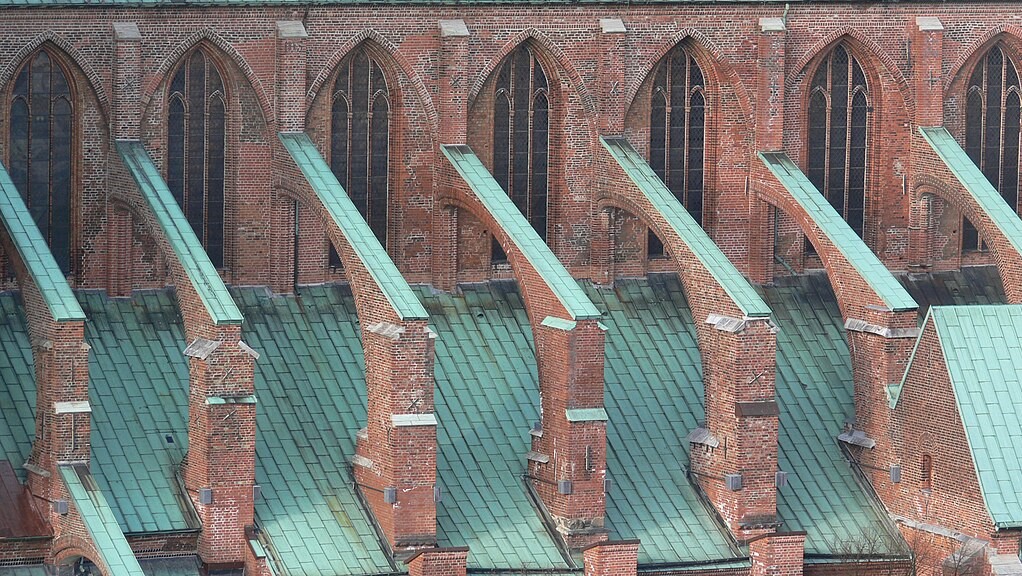
What is a buttress?
The first thing to keep in mind is that buttresses date back to medieval times. There were no metal frames at that time, so stone and bricks had to bear all the load. As buildings became taller, those loads became higher especially sideways. Buttresses are simply transverse wall extensions designed to solve that issue. They make the base larger in a triangular shape to channel that load to the ground, away from the wall.
Flying buttresses are a variation where the structural element arches over the ground. They can be smaller enough to allow a whole passage below them, which makes the design more adaptable. They are usually built from the ground, but there are cases where they connect building to building. In a way, those ones work as horizontal pillars, once again with an arched shape. Those are common in European suburbs.
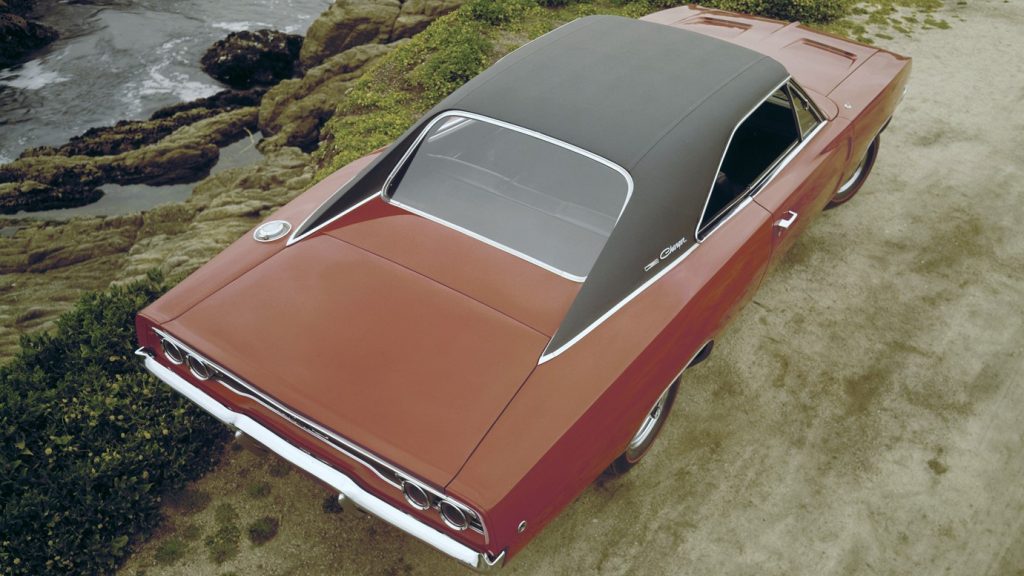
Now, what is a car buttress?
Car roofs are much smaller and lighter, so you can expect an entirely different function. Here, buttresses are extensions of the rearmost pillars, so there will always be only two of them. They get the same name mostly because they look similar, but they work primarily as an aerodynamic aid. The automaker carefully shapes them in order to make air flow from the cabin’s sides towards the body’s rear in a smooth way.
The most common application of car buttresses looks like the regular type; that is why they received the same name. However, there are rare cases where lack a continuous connection with the rearmost pillars, which falls into the definition of flying buttresses. One of the most recent examples of those is the Ferrari 599 GTB Fiorano. The most prominent, however, is definitely the Maserati Merak you can observe below.
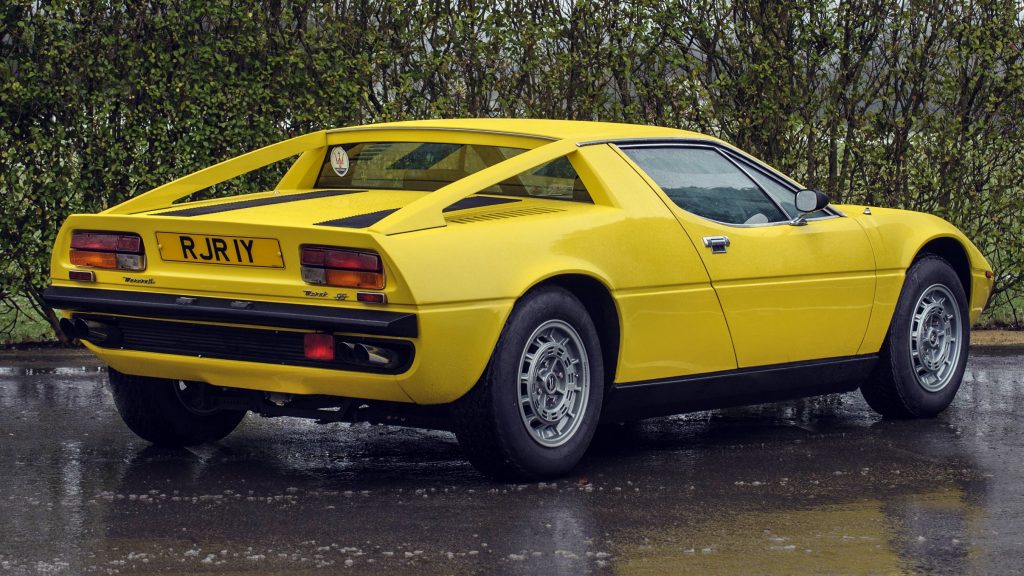
What are their function?
To some extent, buttresses make the external surface independent from the cabin’s volume. In sports cars, the cabin is usually small because the engine stays right behind it. In those cases, it is difficult to make the roofline descend smoothly while keeping decent headroom. That resource creates an aerodynamic profile on the outside while keeping appropriate dimensions for the cabin. But there is another great function.
Buttresses were common among sports cars decades ago. At that time, industrial development was lower and there were fewer tools available. Shaping glass into such complex geometries was very expensive or even impossible. Since the buttresses take care of most of the air flow, it was possible to use simpler and cheaper shapes for the rear windshield itself while keeping the car’s aerodynamic drag to a minimum.
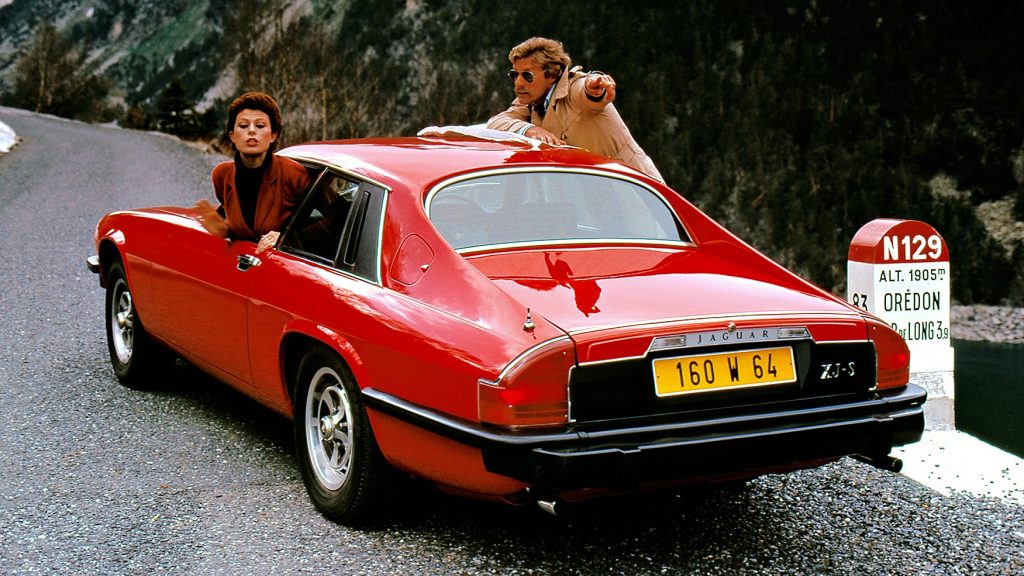
What about flying buttresses?
In buildings, they are useful to clear the region below the actual element. In cars, not only is there no such issue, but also they become a new item to integrate in the design. Road & Track once mentioned the 599 GTB because of the backstory. Designer Jason Castriota sculpted those flying buttresses to create a vortex over the rear portion of the body that managed to create additional downforce without increasing drag.
The youngest example we can mention is the modern-day Acura NSX. It has typical flying buttresses just like that Ferrari, which is great because the central engine limits the cabin’s shape. When it comes to the Maserati Merak, one can say that those items are not exactly buttresses because they have no structural or aerodynamic function. They exist merely to dissimulate the car’s shape and resemble a typical coupé.
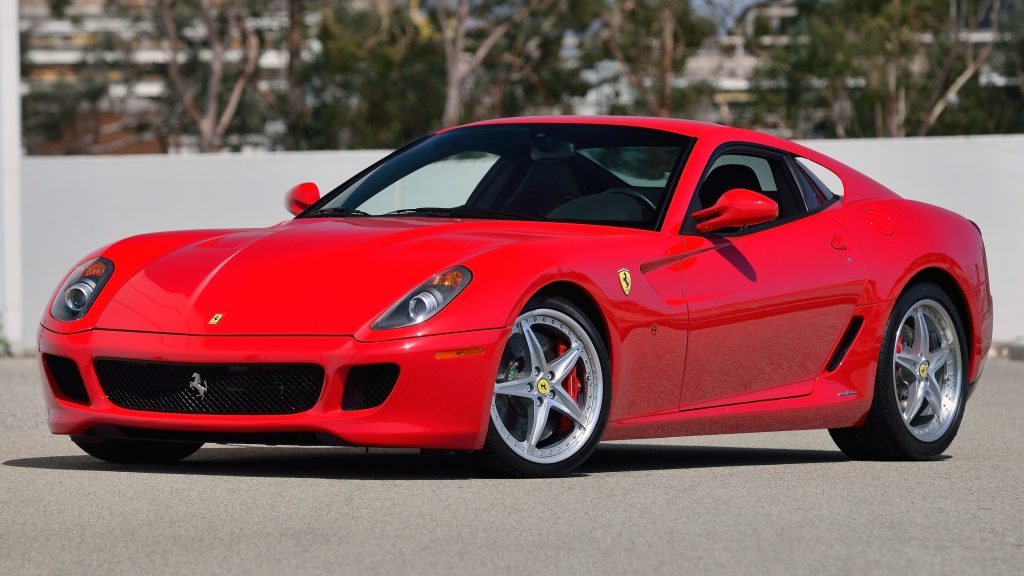
Are there downsides to it?
Of course. Their very nature requires a long area behind the cabin, which only (some) coupés and sedans have. Buttresses are also large blind spots; some sports cars countered that by using a curved glass, but that would also delete the cost saving. Last, but not least, it takes hard work to give them a helpful shape. That type of research is only financially viable when we talk about those high-end performance models.
Would it help urban cars too? Yes and no. In theory, there would always be some benefit because they do improve their aerodynamics. However, the fact that these cars ride at city speeds most of the time would make that effect minimal. Sadly, it would be much easier to notice problems such as the impractical rear design and the elevated selling price that would come as a result of the car’s higher development costs.

Whether in buildings or cars, buttresses only were popular when there was no better solution. Nowadays, we have enough technology in aerodynamics and in materials not to need them. When it comes to cars, they have become a design icon more than anything. They do reduce drag too, like in those mid-engined sports cars. But in most cases, they just add some visual drama. Like in the VW Passat I saw years ago.
You may also like

Opera windows are another design feature that was common in the past. In this case, their purpose was much more closely related to style than to function. Check them out!
Danillo Almeida has explored his passion for cars in two distinct ways. The first one is his graduation course in Mechanical Engineering, which will hopefully lead to a job position in the field. The other one is expressing his knowledge and opinions on the matter through writing. Almeida has already contributed to blogs, stores, and websites in general writing automotive content in many formats.

